| | #1 |
| Distinguished - BHPian  Join Date: Dec 2012 Location: India
Posts: 4,839
Thanked: 14,737 Times
| |
| |  (12)
Thanks (12)
Thanks
|
| |
| | #2 |
| Distinguished - BHPian  Join Date: Dec 2012 Location: India
Posts: 4,839
Thanked: 14,737 Times
| |
| |  (8)
Thanks (8)
Thanks
|
| | #3 |
| Distinguished - BHPian  Join Date: Dec 2012 Location: India
Posts: 4,839
Thanked: 14,737 Times
| |
| |  (26)
Thanks (26)
Thanks
|
| | #4 |
| Team-BHP Support  | |
| |  (3)
Thanks (3)
Thanks
|
| | #5 |
| Distinguished - BHPian  Join Date: Feb 2006 Location: NSEW
Posts: 4,017
Thanked: 29,968 Times
| |
| |  (6)
Thanks (6)
Thanks
|
| | #6 |
| Distinguished - BHPian  Join Date: Dec 2012 Location: India
Posts: 4,839
Thanked: 14,737 Times
| |
| |  (3)
Thanks (3)
Thanks
|
| | #7 |
| BHPian Join Date: Jun 2017 Location: City of Lakes
Posts: 232
Thanked: 844 Times
| |
| |  (2)
Thanks (2)
Thanks
|
| | #8 |
| Distinguished - BHPian  Join Date: Dec 2012 Location: India
Posts: 4,839
Thanked: 14,737 Times
| |
| |
| | #9 |
| Distinguished - BHPian  Join Date: Oct 2009 Location: New Delhi
Posts: 6,567
Thanked: 25,166 Times
| |
| |  (1)
Thanks (1)
Thanks
|
| | #10 |
| Newbie Join Date: Mar 2020 Location: Thrippunithura
Posts: 17
Thanked: 47 Times
| |
| |  (1)
Thanks (1)
Thanks
|
| | #11 |
| Newbie Join Date: Jan 2016 Location: Assam
Posts: 20
Thanked: 46 Times
| |
| |  (2)
Thanks (2)
Thanks
|
| |
| | #12 |
| Distinguished - BHPian  Join Date: Oct 2008 Location: Pune
Posts: 3,257
Thanked: 5,852 Times
| |
| |  (1)
Thanks (1)
Thanks
|
| | #13 |
| Senior - BHPian Join Date: Mar 2007 Location: Bangalore
Posts: 1,347
Thanked: 3,364 Times
| |
| |
 |
Most Viewed



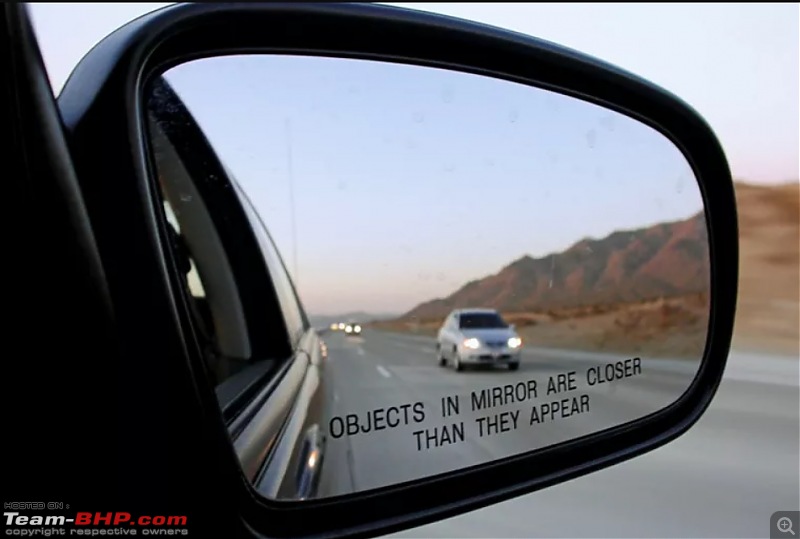


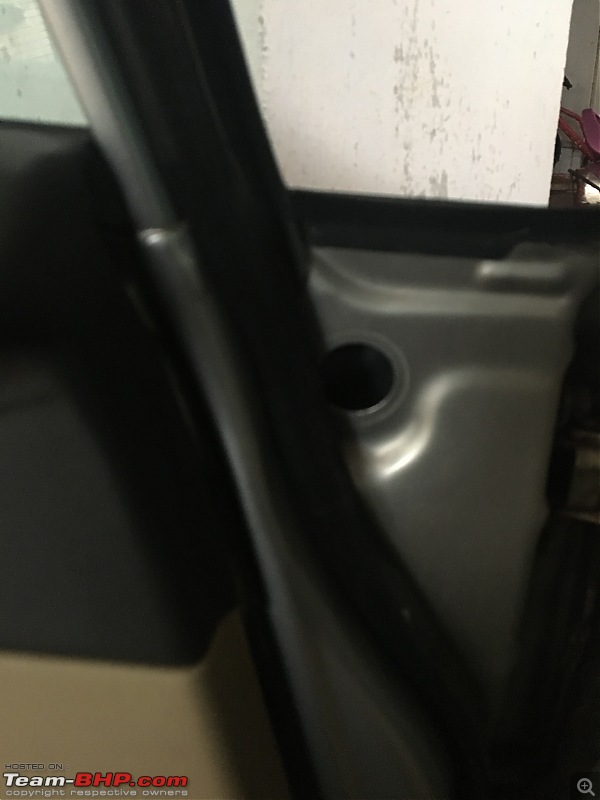


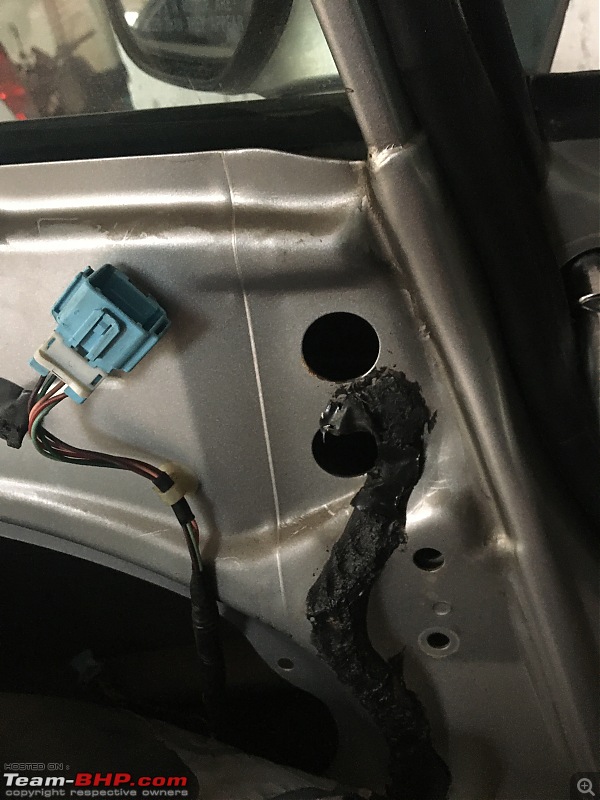


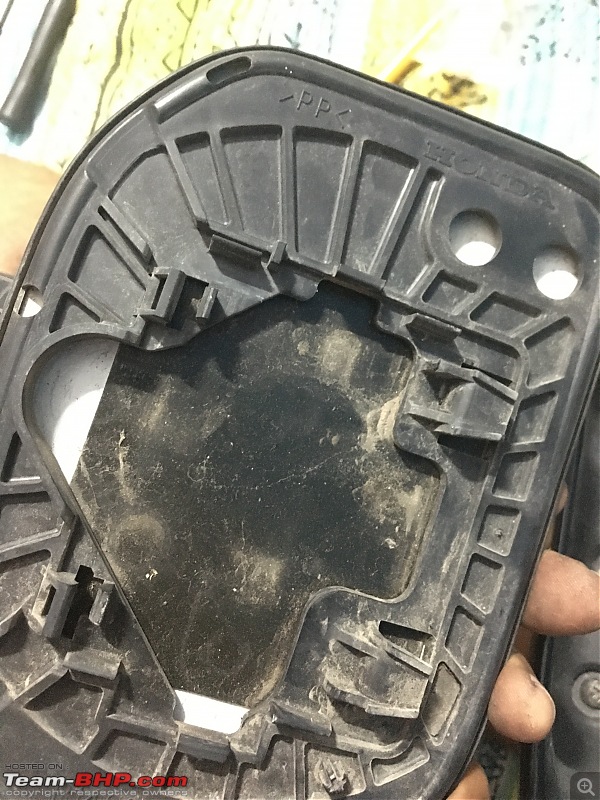

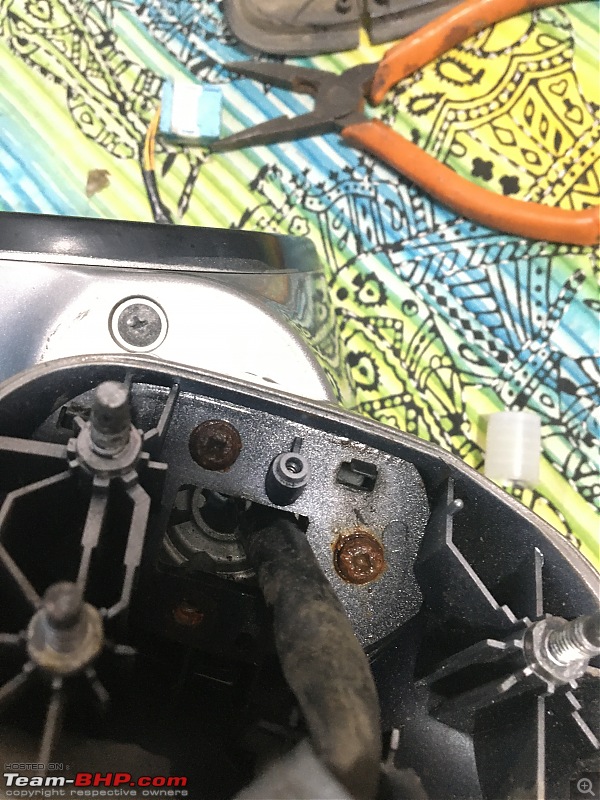

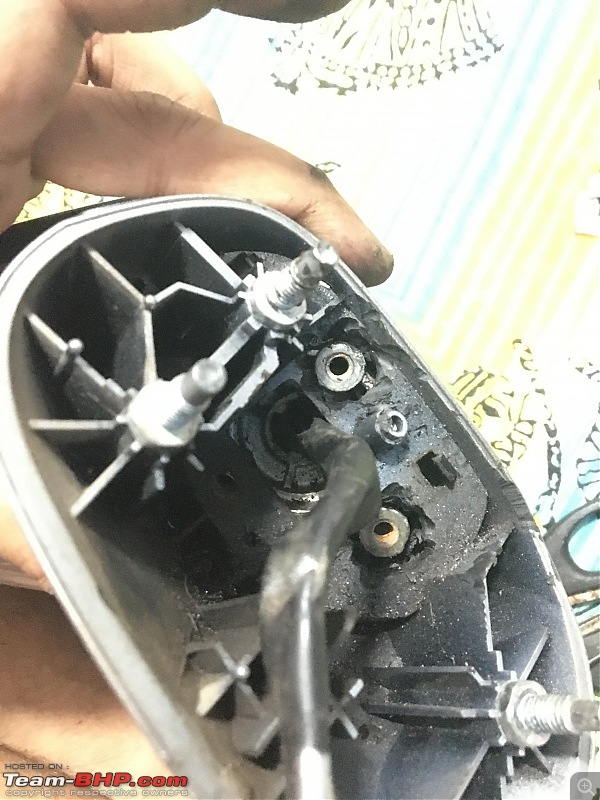


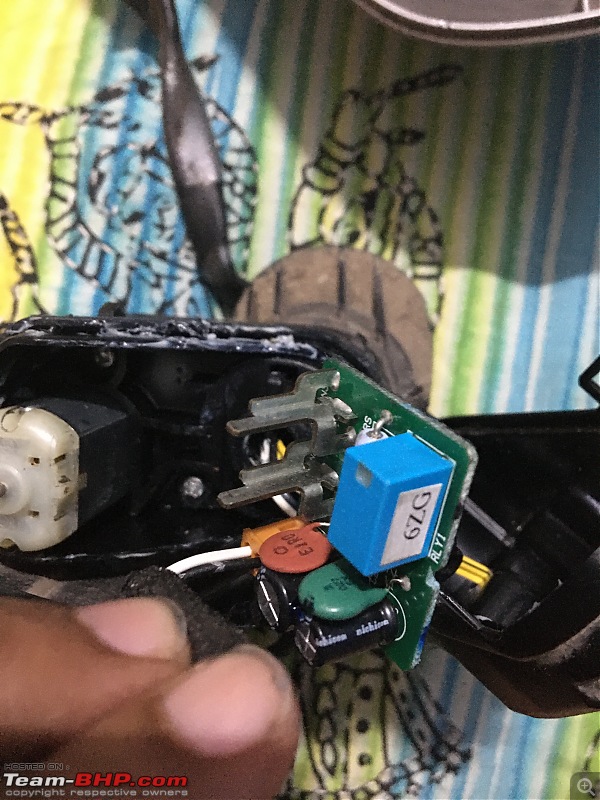
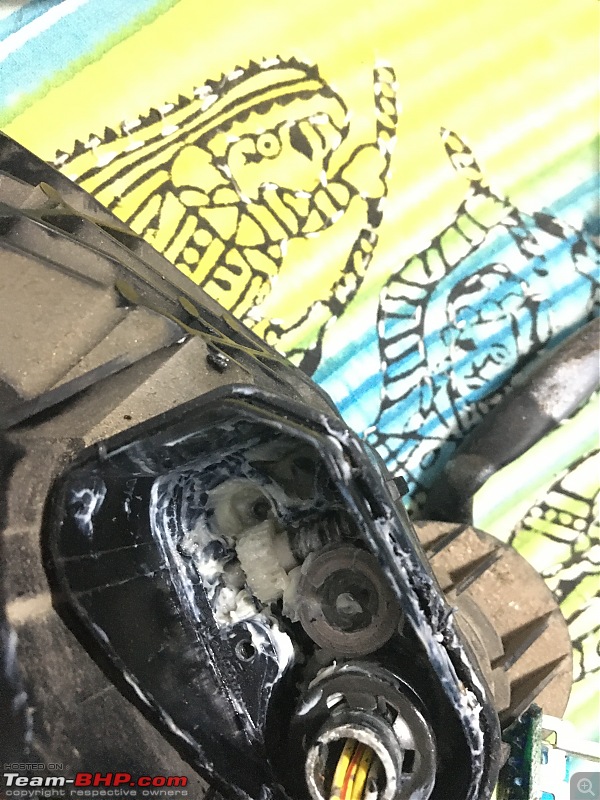



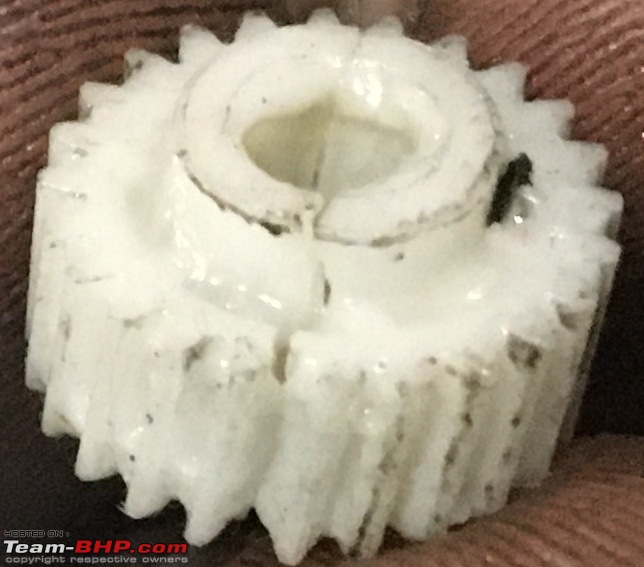


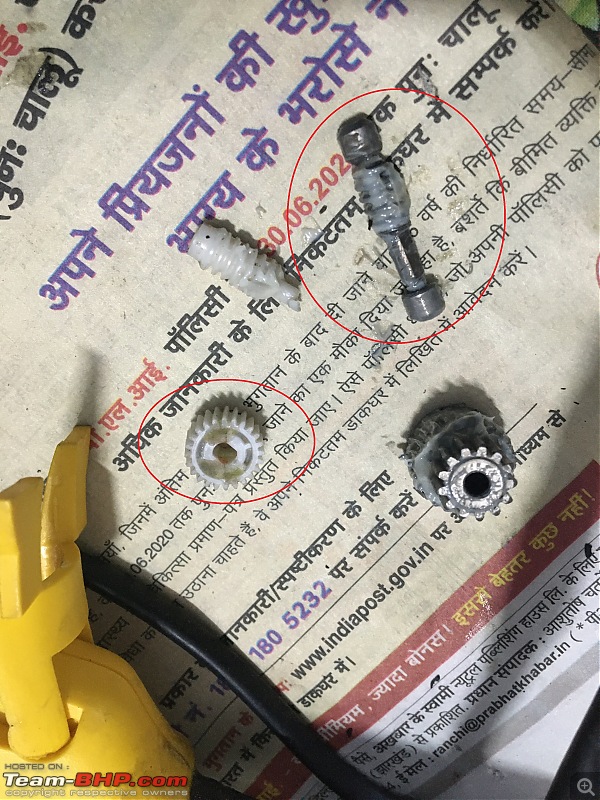


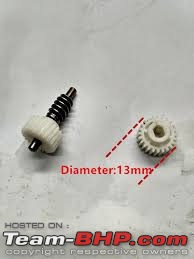
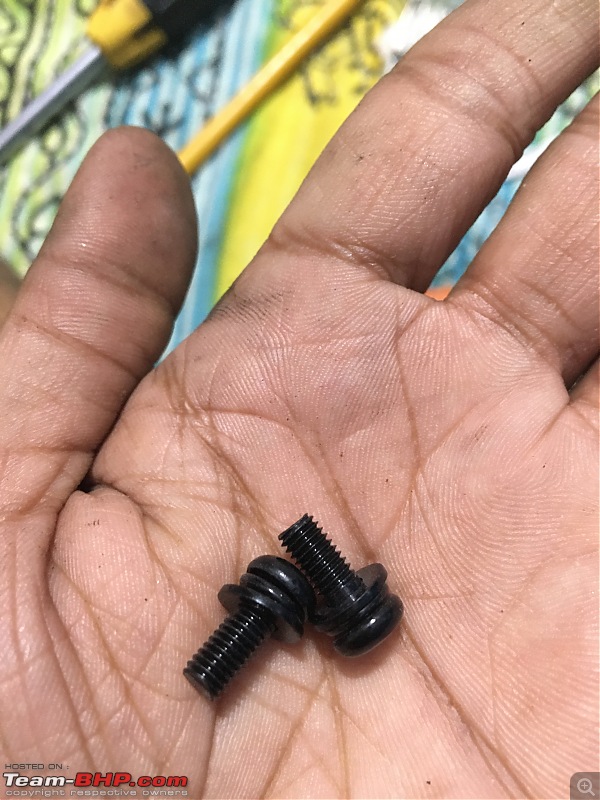




 .
.